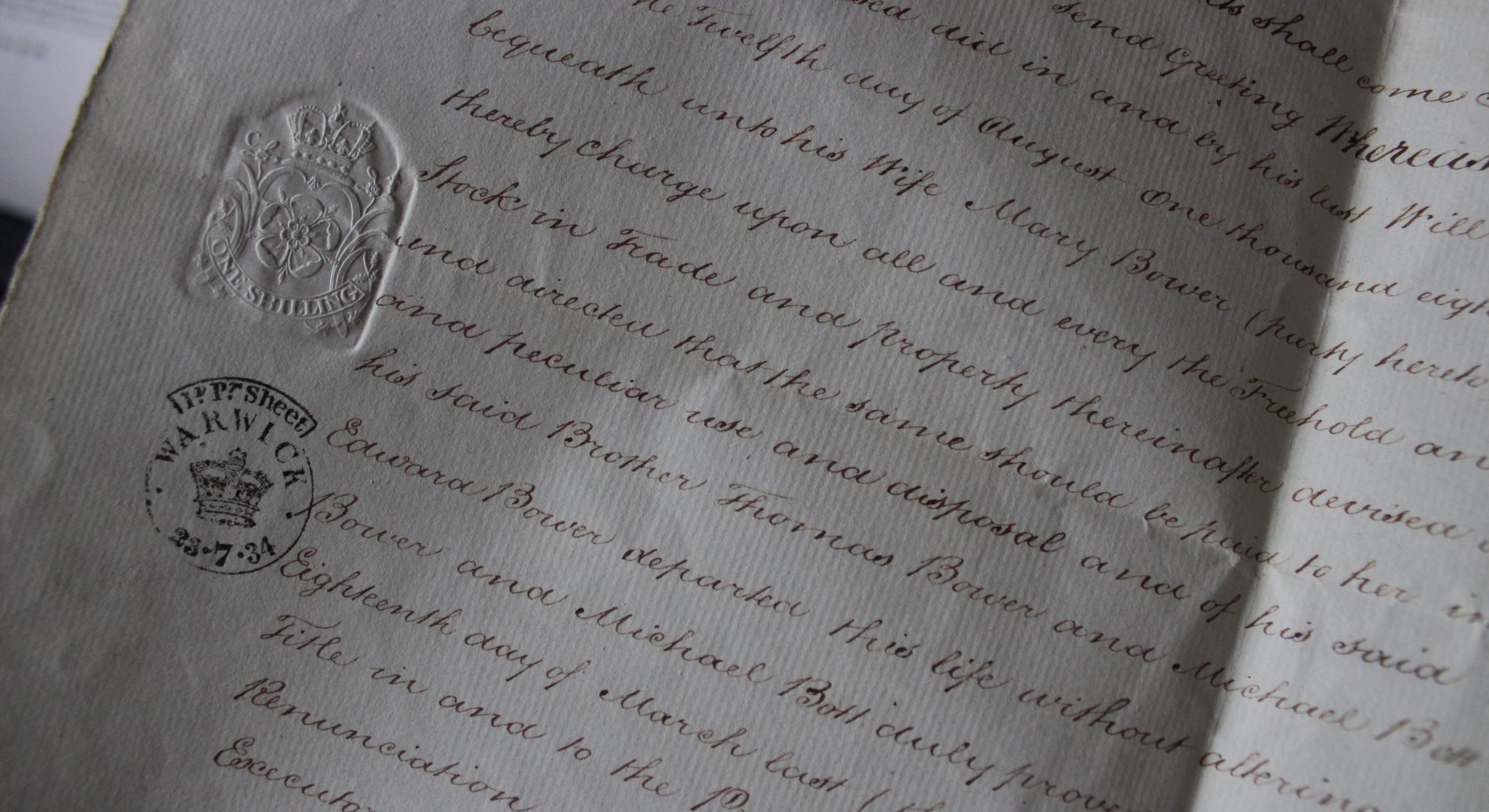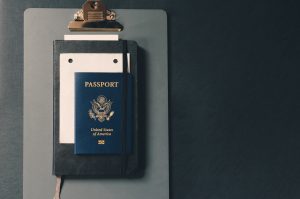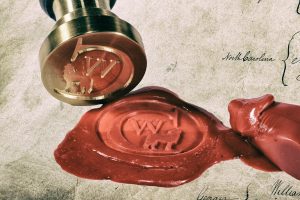In December 2019, the Association of Translation Companies (ATC) released new guidance for the usage of their stamp when producing a certified translation.
It was quickly followed by a press release highlighting new research that was initiated by the ATC. This looked at the lack of standardisation in how UK public sector organisations accept certified translations. It also looked at what the ATC calls the “diverging practices” followed by producers of certified translations in the UK.
The research in question is a dissertation written by David Gray as part of his Masters Degree from Leeds University. The full paper can be read here: https://atc.org.uk/wp-content/uploads/2018/06/Certified-Translation-in-the-UK-David-Gray-Dissertation.pdf
This blog aims to lay out all the information a translation buyer might need in order to make an informed decision. We’ve read the research and pulled out the key points. Along with information about how we offer certified translations, we have compiled a short guide that hopefully gives you all the information you need. This article mainly focuses on the requirements for certified translations into English.
What is a certified translation?
Official documents that are needed in a different language require the translation to be certified. The official documents have a certain legal status – for example, as a proof of identity.
Why does my translation need to be certified?
The translation of an official document obtains the same legal authority as the original document; therefore, the translation must be a true and accurate rendering of the original text.
When might I need a certified translation?
Legal identity documents such as birth, marriage or death certificates require tranlsations to be certified. In some cases, qualification certificates also require a certified translation.
Documents submitted as evidence in a court case also require certified translation
A muddled situation
The published research into certified translations in the UK spoke with government bodies, in order to find out their requirements for documentation. The also spoke with translation agencies and freelance translators in order to ascertain how they usually deal with these situations.
Of the seven government bodies surveyed, none had published any guidance on their own websites, but did refer to other pages with guidance on this issue. Although, the two other pages that can be found on the gov.uk website issue conflicting instructions on obtaining a certified translation.
Some translators and translation agencies differed in how they dealt with certified translations. Though all agreed on the need to use qualified translators. They also agreed on including a statement or stamp asserting the quality of the translation.
What is the process for producing a certified translation?
When you contact a translator or translation agency about a certified translation, they should first ask you what you need the translation for.
The responsibility for meeting the requirements for documentation and obtaining the correct level of certification lies with the translation purchaser, not the agency. However the agency or translator should be able to advise on the best course of action.
If the translation is from English to another language for submission at a foreign government body, you will need to check the requirements stipulated by this official body. Every country has its own set of rules relating to certified translation and failure to comply with these could lead to your translation being rejected.
Once you have discussed your project and agreed exactly what you need as part of the certified translation, the translator or translation agency will take a copy of your original document for their records and so that they can carry out the translation.
The translator or translation agency will complete the translation work and will provide the translations in hard copy format. The certified translation should include a copy of the source text, the translated document in a format that mirrors the original layout as well as a certification statement.
What does the certification statement need to say?
As the ATC-commissioned research indicates, different governmental bodies in the UK request different things. However, in order to cover as many of the requirements as possible, the statement should mention that the translation is a “true and accurate translation of the original document”. It should include the date as well as the name and contact details of the translator or translation agency who carried out the translation.
Do you need an affidavit/notary statement or apostille?
In certain cases this is not enough. Certain documents may require greater levels of certification. This may be the case when your certified translation relates to documentation for a court case. Or for certain official foreign bodies.
Legalised translation
If you require an affidavit or statutory declaration for your translation, the translator must swear an affidavit in front of a magistrate or solicitor. This will state that they carried out the translation. They are qualified to do so, and that it is an accurate rendering of the original text.
Notarised translation
If you require notarised translation services, the translator must visit a Notary Public. Similarly to an affidavit, they make a statement attesting to their qualifications and their ability to carry out the translations. The Notary Public checks their identity and attaches a notarial certificate to the certified translation. It is important that the notarial certificate does not endorse the quality of the translation itself. It can only confirm that the translator’s identity and qualifications were verified by them.
Translation with apostille
An Apostille is a document in the UK issued by the Foreign and Commonwealth Office (FCO). It verifies the authenticity of the signature on an official document. It ensures that it will be recognised as an official document in all States that have signed the Hague Convention of 1961.
Usually it is the original document that bears the Apostille. Translations cannot be sealed with an Apostille stamp unless they carry a declaration endorsed by a Notary Public. In which case the Apostille refers to the notarial certificate, not the translation itself.
I hope that by the end of this post, things are slightly clearer for you. There is a lot of information to digest, however, the principle of a certified translation is simple. Only qualified, experienced translators should carry out certified translations.. They should be accompanied by some kind of statement attesting to the translation quality.
References:
https://atc.org.uk/certification-of-translations-in-the-uk/ (accessed 21 Jan 2020).
https://atc.org.uk/wp-content/uploads/2018/06/Certified-Translation-in-the-UK-David-Gray-Dissertation.pdf (accessed 21 Jan 2020)


